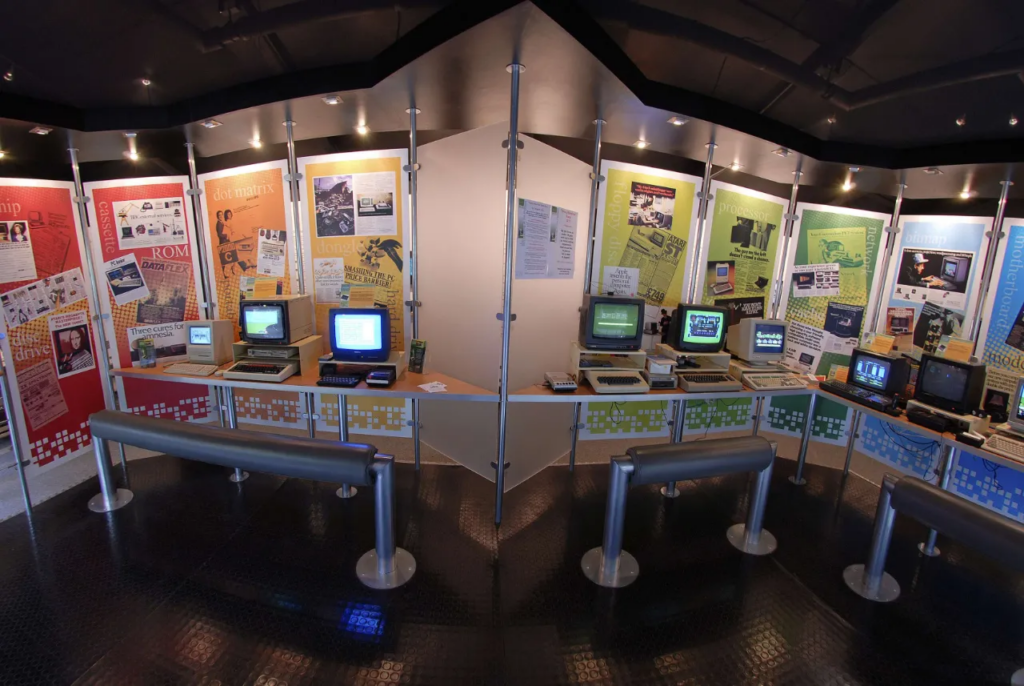SQLBits’ charity of 2025 is the National Museum of Computing, the world’s largest collection of working historic computers, based at Bletchley Park. This fantastic charity has been chosen by longstanding SQLBits helper, Dr Victoria Holt, in honour of her mum, Joan Frances Holt (nee Clark), who she sadly lost last week. Joan worked on the first computers with what they called the backroom boys at Aldermaston, one of a handful of women in thousands of men starting in 1958.

The following excerpt, taken with permission from Linked In, offers an insight into her remarkable life, the beginnings and evolution of computers, data and even analytics, as Victoria explains….
Seven months after leaving school in March 1958, mum started as an Assistant Experimental Officer (AEO) at Aldermaston. A post normally only available to people with degrees, but mums maths was outstanding and was referred for the job by her headmistress at Portsmouth Grammar School. She learnt to program on the Ferranti Mk 1*, with a list of instructions with their binary equivalents, considered an old computer even then.
The Ferranti Mk 1* had a large number of valves requiring servicing frequently that could only be run for a short time, which took punch cards. Mum worked on the very latest, state of the art, computer, the IBM 704 mainframe which was among only 2 in the country, the other being at Harwell, mum thought. There were 2 people operating the machine which had several huge magnetic tapes standing in cabinets about 6ft high, a printer, card input and output machines and a central console. Mum was impressed to work on this.
She attended a programming course on the IBM 704 and from printouts asked to draw a graph from the information in 2 columns. The start of modern-day analytics. She learnt how computers were constructed and how the data was stored. The main content of course training included programming the computer to carry out instructions using a symbolic assembly code, to read card input and produce a printout of results. At the end of the 2 weeks, she had to write a program to calculate sin x. She had to use the machines to type out the program on punched cards, which were then converted to binary by an assembler on the computer.
The National Museum of Computing is also a fantastic visitor attraction, recognised as one of England’s top 100 ‘irreplaceable places’, allowing visitors to follow the development of computing from the ultra-secret pioneering efforts of the 1940s, through the large systems and mainframes of the 1950s-70s, to the rise of personal computing in the 1980s and beyond.
We will be donating all proceeds from swag sold at SQLBits to this fabulous cause, which we imagine will be of great interest to lots of SQLBits attendees. If you would like to donate, you can do so here.
